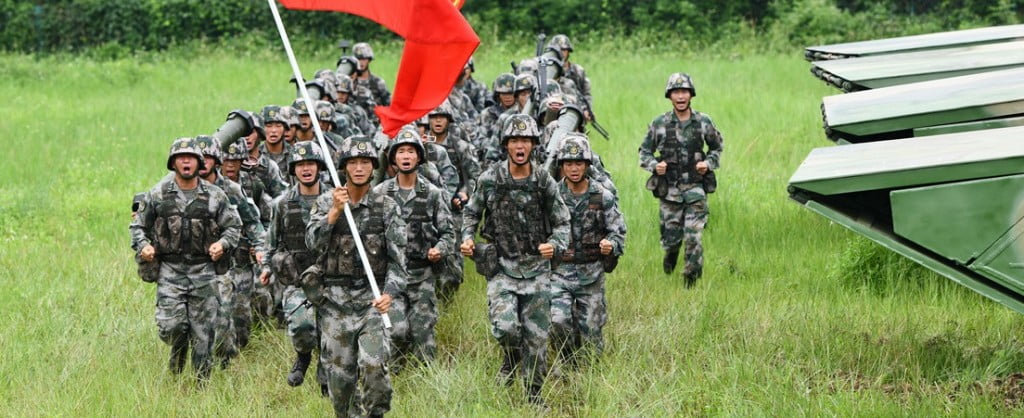
China’s strategic approach in the Pacific has transcended mere military aggression and is now encompassing a multifaceted strategy that integrates military prowess, economic leverage, and diplomatic engagement to challenge the post-World War II security architecture. The concept of island chains, once perceived as a static defensive line, is now regarded as a zone of strategic competition in the Indo-Pacific region.
For China the First Island Chain, which extends from Japan to the Philippines, serves as a critical defensive line against China, this line represents an impediment to its naval ambitions. Chinese naval strategists, such as Admiral Liu Huaqing, had aspired to exert control over these chains, with plans to dominate the First Island Chain by the 2000s and the Second by the 2020s, ultimately achieving a global naval presence by the 2040s. The notion of “breaching” the island chain has evolved from a hypothetical military manoeuvre to a tangible capability. The deployment of the Liaoning and Shandong aircraft carriers beyond the First Island Chain exemplifies China’s enhanced naval capabilities. This transformation indicates that existing security frameworks are obsolete and inadequate to curtail China’s expansion.
Also Read: Unmanned Systems for Deterrence in the Pacific Islands
China’s anti-access/area-denial (A2/AD) strategy is central to its military doctrine, aiming to render it challenging or unfeasible for foreign forces to operate in regions such as the South China Sea and Taiwan Strait. This strategy encompasses anti-ship missiles, advanced naval vessels and aerial weapons. Recent military exercises have demonstrated China’s proficiency in executing complex operations utilising decoys, drones, stealth technology, and cyber warfare. These manoeuvres are intended to surprise adversaries and showcase China’s advanced capabilities in addition to military force; breaches can also occur through “grey zone” tactics employed during peacetime. These tactics involve deploying “military aircraft, coast guard, and maritime militia vessels” to obstruct navigation and flights. This political and psychological approach is as crucial as the military approach; the primary objective is to “alter the regional order” and “deter any U.S. military intervention” by rendering it prohibitively expensive. This concept parallels “phase 0” or “left of bang”, wherein a conflict is pre-emptively won through strategic manoeuvres. By demonstrating this capability, China seeks to avert military confrontation before it occurs.
[The terms “Phase 0” and “Left of Bang” are employed within military and national security contexts to denote the critical period preceding the onset of a violent conflict. These concepts emphasise the importance of proactive measures to avert or mitigate the emergence of hostilities in the region. “Phase 0” is integral to the strategic planning of the United States military. It encompasses actions undertaken during peacetime to prevent the escalation of conflicts. Such actions include collaboration with allied nations, intelligence gathering, and cultivating robust diplomatic relationships. These efforts enable military leaders to anticipate and address potential issues before they manifest themselves. “Left of Bang” is a doctrine originating from the United States Marine Corps that instructs Marines to observe human behaviour and identify potential threats at an early stage. This concept can be visualised as a timeline with the “bang” (the attack) positioned centrally. All activities preceding the attack are considered “left of bang.” The objective is to detect early warning signs, such as behavioural changes, and to intervene before violence ensues. This approach has also been adopted by law enforcement and security personnel to enhance situational awareness and prevent incidents.]
China’s Economic and Infrastructure Influence
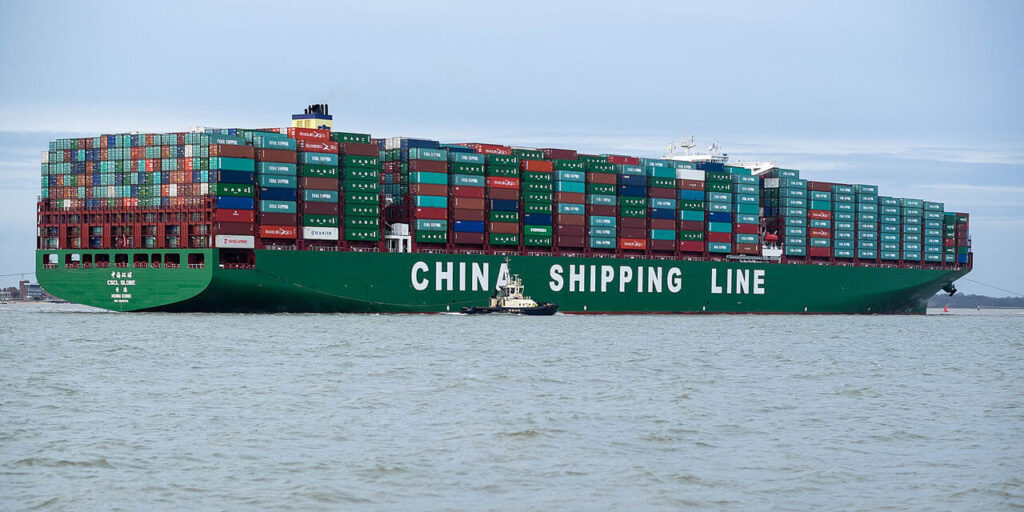
The breach of the island chains is not solely a military endeavour; it is an integral component of China’s strategic agenda. China’s strategy in Oceania encompasses “economic incentives, diplomatic initiatives, elite influence, media control, and the utilization of state-owned enterprises for both commercial and military purposes.” Chinese enterprises are engaged in “critical infrastructure projects such as ports, airports, undersea cables, and telecommunications networks.” These endeavours are not merely commercial; they are identified as dual-use and possess potential military applications in future conflicts and wars.
The strategic utilisation of “soft power for hard goals” is central to China’s geopolitical approach, yet the efficacy of its economic influence remains a subject of debate. The concept of “debt-trap diplomacy”, wherein China allegedly extends excessive credit to gain control over strategic assets, is complex. While some U.S. officials and analysts accuse China of engaging in such practices, other reports suggest that Chinese lending is “too disorganized” to constitute a coordinated strategy.
Also Read: Strategic Defence Infrastructure in the Pacific Island Chains
China is increasingly exerting its influence on Pacific Island nations, such as the Solomon Islands, Kiribati, Vanuatu, Tonga, and Papua New Guinea, a development of significant consequence for global politics. This influence is being expanded through economic agreements, political dialogues, and security partnerships, focusing on dual-use facilities that serve both civilian and military purposes.
Nations such as Kiribati and the Solomon Islands hold strategic importance because of their proximity to U.S. military installations and Australia. The establishment of Chinese bases in these locations could facilitate military operations deep into the Pacific Ocean. China is engaged in the construction of substantial infrastructure projects, often financed through loans and grants under the Belt and Road Initiative (BRI), while these projects contribute to development, they also raise concerns about potential military applications.
Ports and Maritime Facilities:

– Solomon Islands: A security agreement of 2022 permits Chinese vessels to dock and receive support, prompting concerns about military utilization. A Chinese enterprise is expanding the Honiara Port.
– Kiribati: Plans exist to reconstruct an old runway on Kanton Island, near U.S. bases, which could potentially serve as a Chinese military base despite claims of commercial intent.
– Vanuatu: China has financed numerous projects, including a significant wharf in Port Vila that could be repurposed for military use.
Many Chinese-funded ports and airfields are constructed by companies with ties to the Chinese defence sector, facilitating military operations far from the mainland.
Other Key Infrastructure: Chinese enterprises are involved in building roads, government buildings, hospitals, and sports facilities in various Pacific nations. These projects can lead to debt sustainability issues, particularly for smaller economies like Tonga, which faces challenges in repaying Chinese loans.
Political and Diplomatic Influence: China employs diplomatic engagement and economic incentives to alter the region’s political landscape, challenging the influence of the United States and its allies, Australia and New Zealand. China has persuaded some nations, including the Solomon Islands and Kiribati in 2019, and more recently, Nauru to recognise Beijing over Taiwan. These shifts often follow Chinese offers of aid and infrastructure projects, reinforcing its “One China” policy in the region.
Also Read: Post-Colonial Warfare in the Pacific
Security Agreements: A notable instance is the 2022 Security Cooperation Agreement with the Solomon Islands, which permits China to deploy police and military forces if necessary, marking its first security agreement in the region. China’s influence is expanding within the realms of security and law enforcement, extending beyond military agreements. Additionally, China had proposed a broader security and economic agreement, although most Pacific Island Countries refrained from endorsing it.
Security Personnel and Training: Following the security agreement, China dispatched police officers to the Solomon Islands to assist in maintaining order. Similar collaborations have been established with other nations, such as Fiji, Papua New Guinea, and Tonga, where Chinese security advisors and police officers are stationed.
Impact on the Quadrilateral Security Dialogue (QUAD)
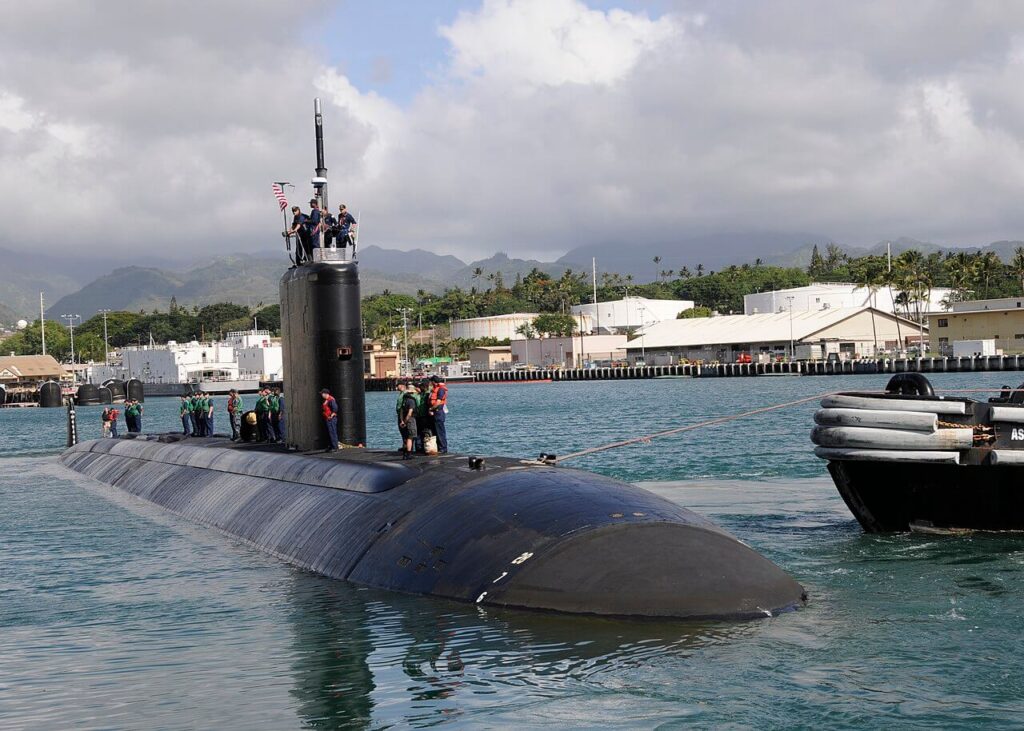
A Chinese incursion into the Pacific Island chains would pose a significant challenge to the Quadrilateral Security Dialogue (Quad). This coalition, comprising the United States, Japan, Australia, and India, primarily addresses non-traditional security issues. However, an overt breach would compel the Quad to confront the geopolitical threat, thereby testing its resilience and exposing the limitations of its current strategy.
The Quad is characterised as a “diplomatic partnership” rather than a “security dialogue”, underscoring its collaborative nature, it prioritises issues such as maritime security, emerging technologies and humanitarian assistance. The leaders of the Quad deliberately de-emphasize military concerns and refrain from establishing defence agreements to avoid being perceived by China as an “Asian NATO.”
In the event of a Chinese provocation, the Quad would face a dilemma between adhering to its existing focus and addressing the threat. The Quad possesses strengths in areas such as supply chain and maritime awareness. However, a confrontation with China would constitute a military threat, placing the Quad in a precarious position: ignoring the threat could diminish its relevance, while addressing it might reframe the Quad as a military entity, potentially alienating other nations. This scenario would test the Quad’s adaptability and reveal its constraints.
Also Read: Beyond Canoes, Currents & Conquests: The untold saga of ancient Pacific ocean empires
A confrontation with China would challenge the Quad’s objective of maintaining a free and open Indo-Pacific region, highlighting the erosion of the rules it supports. This would necessitate an increased emphasis on military cooperation, such as the Malabar exercises involving all Quad nations. If this happens, it will impact India’s role in the Quad, notably, India is the only member that lacks a formal alliance with the United States. Its policy of “strategic autonomy” and its relations with Russia distinguish it from other members. Although China’s actions have drawn India closer to the Quad, a crisis in the Pacific may not appear as pressing to India as a border conflict. This situation would test whether India’s participation in the Quad is driven by strategic considerations or merely by temporary exigencies, the Quad’s response hinges on its ability to surmount these internal divergences.
The Quad’s strategy to deliver “public goods”, such as vaccines and maritime awareness, is beneficial but may prove insufficient to curtail China’s influence in the Indo-Pacific. The group has initiated projects such as the Quad Partnership for Cable Connectivity and Resilience; however, their impact remains limited, and financial commitments frequently do not translate into tangible projects.
Should China achieve a breakthrough in the island chains, the Quad’s non-military initiatives will gain significance but will also face heightened challenges, for example, ensuring secure undersea cables and diversified supply chains has become essential, not merely aspirational. Nevertheless, if the Quad shifts towards a more military-centric focus, it may struggle to maintain the trust necessary for its soft-power endeavours. This presents a dilemma: how can the Quad respond to a military threat without forfeiting its diplomatic achievements derived from emphasising non-military security? A breach would underscore the necessity for the Quad’s projects to be more effective and transparent to compete with China’s rapid and conspicuous infrastructure development.
Erosion of the Hub-and-Spoke System

A Chinese breakthrough in the Pacific Island chains would not only impact the Quad but also undermine the post-World War II Hub-and-Spoke security system. This system has been pivotal to Pacific security for decades and would require adaptation or risk obsolescence as its vulnerabilities are exposed.
The U.S.-led alliance system has been central to the security of the Pacific since the Korean War. It encompasses treaty alliances and flexible partnerships, with the United States at the core and nations such as Japan, South Korea, Australia, and the Philippines serving as the “spokes.” Recently, the United States has been modernising these alliances and establishing new groups, such as AUKUS and the U.S.-Japan-South Korea trilateral, to augment the existing framework.
The system’s success has been contingent on the United States’ capacity to project power from bases within the island chains. A Chinese breach would demonstrate that China’s navy can operate beyond the First Island Chain, compelling U.S. forces to retreat further into the Central Pacific Ocean. This diminishes the strategic space of the United States, the notion that geography is “destiny” would be rendered inverted; rather than containing China, the United States would be compelled to withdraw.
A security breach would expose the vulnerabilities of U.S. and allied forces to long-range attacks from China’s systems, such as “aircraft carrier killers.” For example, U.S. forces stationed in South Korea could be at risk in the event of a conflict over Taiwan, as Chinese strikes might target bases in that region. The bilateral nature of the system implies the absence of legal frameworks to ensure a coordinated response, this could result in member states failing to act collectively, even in the face of direct aggression, as demonstrated when China’s diplomatic pressure delayed an Australian security agreement with Vanuatu. Political disagreements within key alliances, such as those between the U.S. and South Korea over trade and economic issues, and between the U.S. and the Philippines regarding “grey zone” tactics and domestic politics, would be impaired by a breach.
A breach would transform the hub-and-spoke system from a deterrent network into potential points of conflict. China’s strategy seeks to exploit weaknesses within the system, a breach, whether military or diplomatic, would compel individual countries, such as Japan and the Philippines, to make difficult decisions, potentially straining their relationships with the U.S. or with each other. By forcing these countries to respond independently or without a unified plan, China can undermine U.S. military presence without directly confronting the entire alliance. This indicates that a breach is not solely about military gain but also about weakening the opposing systems.
To address these vulnerabilities, the U.S. and its allies are transitioning towards a “networked” security model, this new approach supplements traditional alliances with smaller groups, such as AUKUS, the Quad, and the US-Japan-South Korea trilateral alliance. The objective is to enhance cooperation, information sharing, and joint capabilities through exercises, while a networked system is more flexible and can accommodate more partners, it lacks the formal commitments of treaty alliances. This flexibility is advantageous but may also be perceived as a lack of resolution in a crisis, additionally, relying on less formal partnerships with countries like Taiwan and Vietnam necessitates making geopolitical commitments that “the American people may not fully support.” A breach would serve as the first substantive test of whether this new, flexible network can effectively manage a coordinated strategy against a major power rival.
The Case for a New Pacific Security Architecture
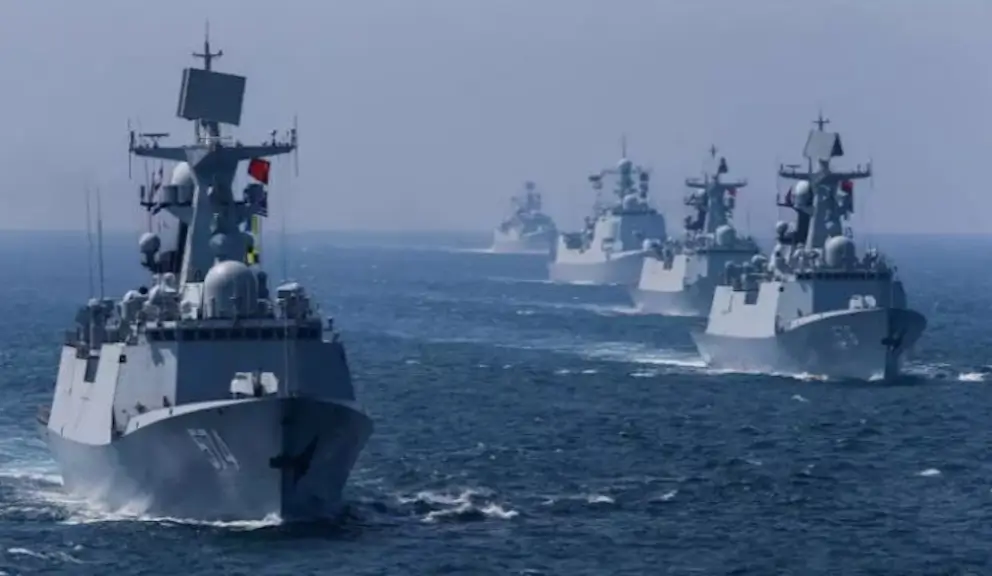
The above analysis indicates that if China breaches the Pacific Island chains, it will not be merely a military issue, it will expose the weaknesses of current security systems. Therefore, a new security system is required which should prioritise the region’s needs rather than focusing solely on the interests of major powers.
The Hub-and-Spoke system is antiquated and fails to account for the emergence of middle powers or the specific needs of Pacific Island nations. Although the Quad represents a promising coalition, it is not yet a robust defence mechanism. A disconnect exists between the objectives of these entities and those of Pacific Island nations, major powers perceive the Pacific as a theatre for geopolitical competition, yet Pacific Island nations express fatigue with this perspective, viewing the emphasis on military presence as a diversion from their genuine concerns. The United States has been perceived as neglectful and less engaged as a development partner, creating a void that China has exploited to its advantage. A novel security framework should be predicated on trust and respect for the priorities of smaller states rather than merely focusing on great power rivalry.
Pacific Island nation leaders prioritise maintaining their sovereignty and resisting domination by any major power, the Pacific Islands Forum (PIF) has rebutted great power competition by excluding the United States and China from its annual meetings. Their primary concerns include climate change, natural disasters, and developmental challenges, actions such as Vanuatu’s hesitance regarding an Australian security agreement illustrate its desire for close ties without excluding China. The “Ocean of Peace” Declaration and exclusion of external partners from the PIF meeting underscore their reluctance to be instrumentalised in great power dynamics. A new security framework should respect and bolster autonomy rather than undermine it.
Under Xi Jinping’s leadership, China has advocated for a new security architecture in Asia, designed by Asians for Asians, avoiding reliance on formal alliances. Instead, it proposes informal and adaptable partnerships, devoid of U.S. influence. While the United States and its allies perceive security as a counterbalance to China, the concept of an “Asianised” system is gaining traction. The United States and its allies risk making errors if they concentrate solely on countering China, a successful new system should not merely oppose China but should also present a constructive vision for the region. It ought to constitute a genuine partnership, rather than an anti-China coalition, to attract regional collaboration.
Proposed Frameworks for a New Architecture
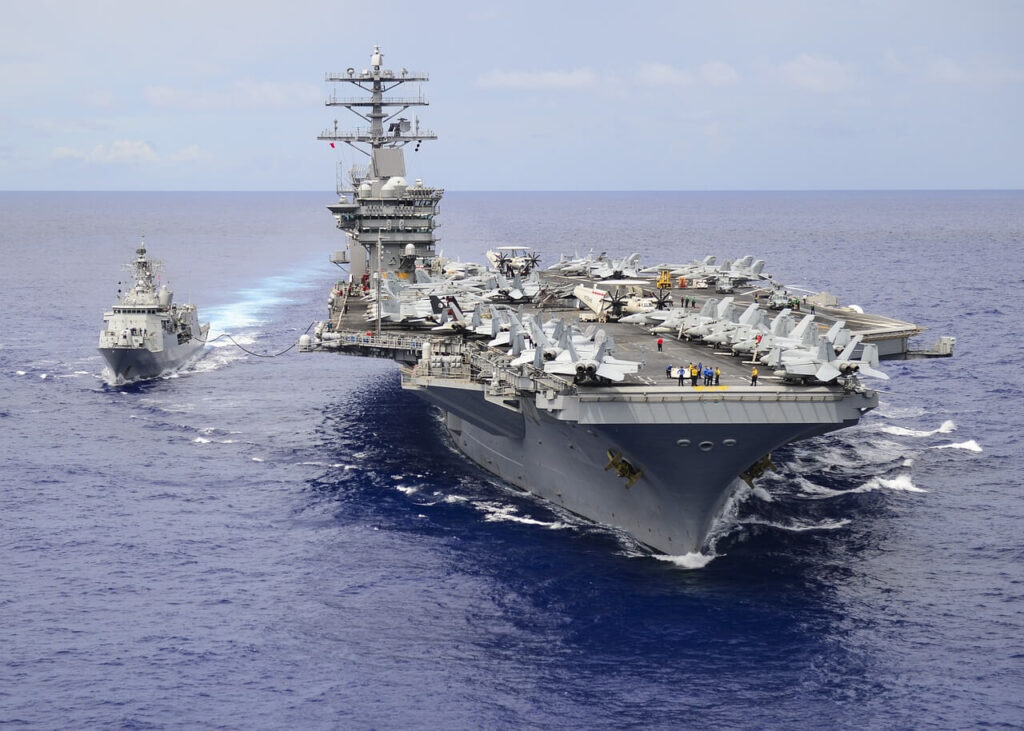
The evolving global context necessitates a novel approach to regional security. Three potential models for a new security system in the Pacific are examined in the succeeding paragraphs, drawing on insights from existing frameworks.
The “Hub-and-Spoke 2.0” Model: Bilateralism with Enhanced Interoperability
This model seeks to enhance current U.S. alliances by fortifying agreements with Freely Associated States, establishing new defence accords, and integrating these states more comprehensively into U.S. military strategies. This approach leverages existing relationships and commitments to augment military cooperation and intelligence-sharing; however, it remains reliant on a top-down structure and fails to address the concerns of Pacific Island nations, potentially leading to further alienation.
The current model is susceptible to China’s strategic manoeuvres, which exploit systemic vulnerabilities, for instance, the dispersion of U.S. military bases renders them susceptible to long-range assaults. Although this model is founded on a robust basis, it may lack the adaptability required to address threats in various domains, such as diplomacy, economics, and information.
A Multi-layered, “Networked” Approach: The Future of Minilateralism

This model emphasises flexible, issue-specific partnerships rather than singular formal alliances. It aims to enhance cooperation within groups, such as the Quad and AUKUS, and interconnect these groups through agreements. This approach offers greater flexibility and can effectively address non-traditional security issues that are significant to many partners, however, it lacks the legal authority of a treaty alliance and may not be perceived as a formidable deterrent by adversaries. It risks reducing the frequency of joint military operations and lacks an institutional framework, which some critics argue limits the Quad’s efficacy.
A “Pacific-First” Co-Development and Security Framework
This plan emphasises prioritising the needs of Pacific Island nations over those of major powers. Security considerations encompass climate resilience, economic stability, and good governance, with military and diplomatic assistance serving as the support mechanisms. The U.S. and its allies must employ soft power to achieve hard objectives and align aid with the needs of the Pacific. This approach addresses the primary concerns of Pacific Island nations and presents an alternative to the Chinese model, it enhances sovereignty and fosters long-term trust, which is a vulnerability in both U.S. and Chinese strategies. The challenge lies in its reduced effectiveness as a direct military deterrent and the significant strategic and bureaucratic shifts required by Western powers.
Strategic imperatives for the U.S. and its Allies
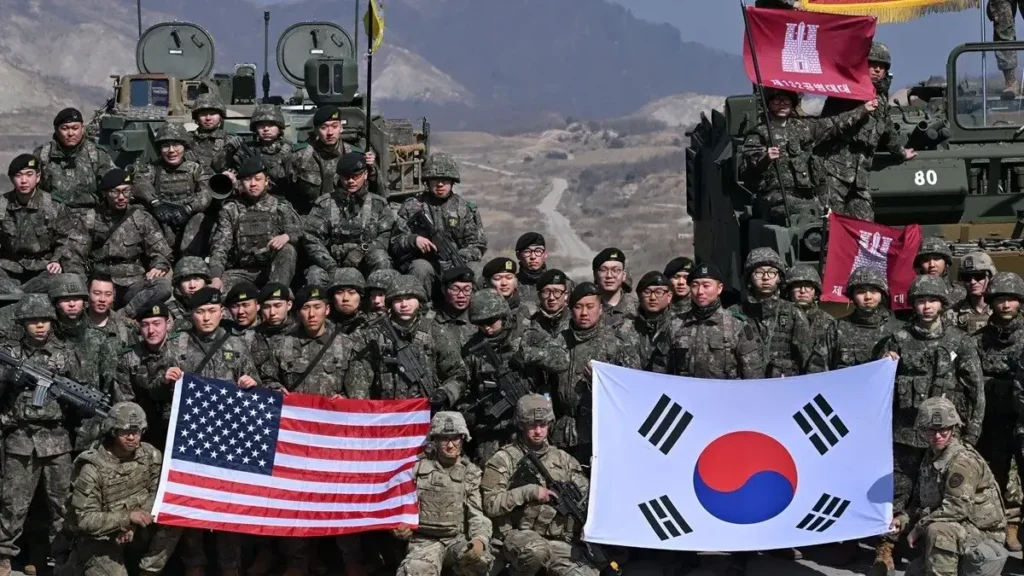
The principal objective is to perceive a breach as an ongoing process rather than a future event. This necessitates a transition from a static containment strategy to a dynamic deterrence model; the U.S. and its allies must reorient their focus by prioritising flexible cooperation with regional partners while reinforcing core alliances. A critical component of this shift is the emphasis on a “Pacific-First” approach by prioritising climate-resilient infrastructure and transparent economic assistance over military-first initiatives, the United States and its allies can enhance their engagement with Pacific Island nations.
To establish a credible security framework, it is imperative to focus on non-traditional security issues, this includes the creation of a fund dedicated to climate resilience, the expansion of joint exercises for disaster relief, and investment in sustainable infrastructure that directly benefits the local population. Furthermore, enhancing diplomatic presence and ensuring the fulfilment of commitments, such as the Compact of Free Association (COFA) agreements and the establishment of resident embassies, are essential for rebuilding trust and demonstrating a long-term commitment to the region.
Conclusion
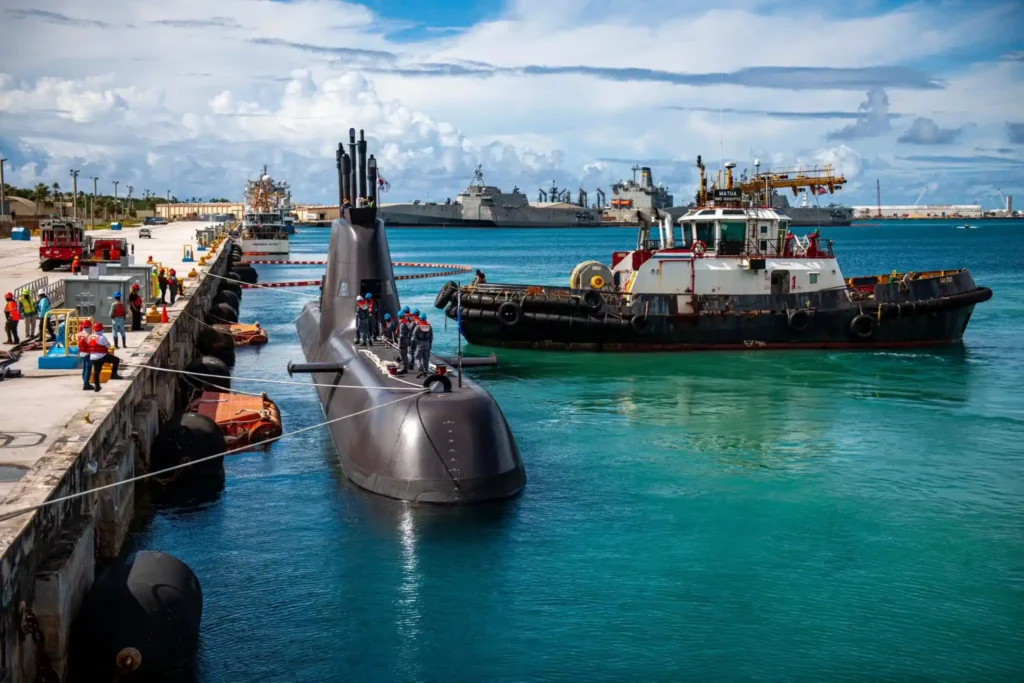
China is actively advancing its strategic interests in the Pacific Island chains through a comprehensive and multifaceted approach. Although the current U.S.-led hub-and-spoke system and Quadrilateral Security Dialogue (Quad) are beneficial, they are insufficient to address this significant challenge. The optimal strategy is to develop a new security plan that transcends great power competition, this plan should be “for the Pacific”, grounded in mutual respect and shared objectives between the two nations. By addressing the primary concerns of the island nations and fostering a more inclusive partnership, the United States and its allies can establish a more robust and enduring framework for the future of the Indo-Pacific region. Such a plan would not only curtail China’s influence but also foster a more stable, prosperous, and secure future for all countries in the region.

